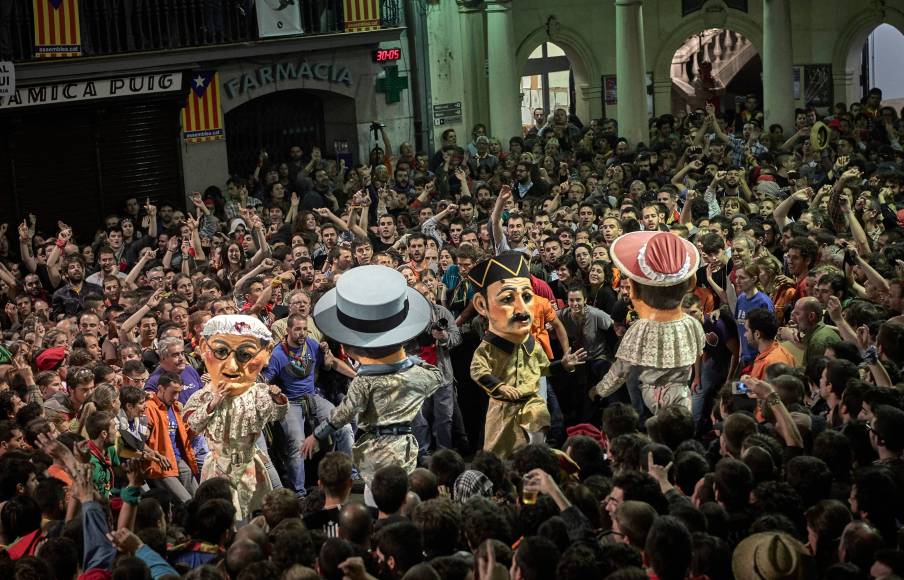Everything you need to know about La Patum of Berga
La Patum is probably the most important festival in Berga, the capital of the Berguedà region. It is a celebration with over 600 years of history, held annually during the Corpus Christi festivities. This fire and dance festival is so unique in its artistic and historical value that in 2005, it was declared a Masterpiece of the Oral and Intangible Heritage of Humanity by UNESCO.
The Origin of La Patum
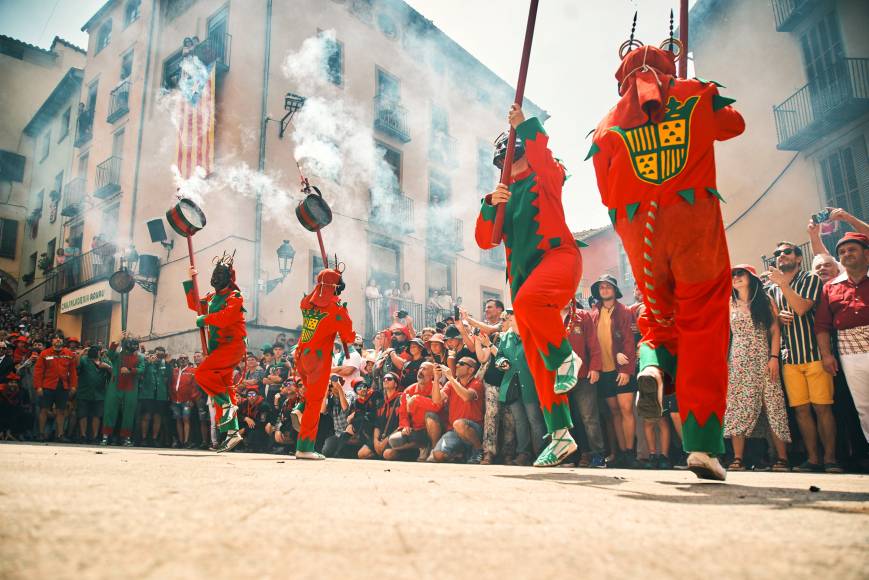
The current Patum has evolved significantly since its origins. To discover the origins of the Patum, we must travel back in time to the late Middle Ages during the Corpus Christi religious processions. Different scenes (entremeses) were performed as part of the procession with the goal of educating and indoctrinating the population about the Holy Scriptures.
Over the years, these representations gained more weight within the procession, probably because with the participation of the townspeople they began to take on a more playful character. Over time, these interludes gained all the prominence in the procession to the point that the procession itself was no longer held, and the festivity lost all its religious character and was renamed the Bulla or Bullícia of the Holy Sacrament.
It was not until the end of the 19th century that the name of the festivity was changed to its current name: La Patum. The name "Patum" comes from the sound of the "tabal," the percussion instrument that is played continuously throughout the festival.
La Patum Festival
Today, the Patum is still celebrated during the Corpus Christi festivities. During the days of the Patum, various events are organized in Berga, including parades, sardana dances, activities for the whole family, and night concerts. We encourage you to participate in the festival and experience popular culture at its purest. It will surely be an unforgettable experience.
Corpus Christi Wednesday:

The festival begins with the "Tabaler" (drummer) and the four giants, who parade through the main streets of old Berga to announce the start of the celebrations. The "Tabaler" leads the way, followed by the two pairs of giants dancing to the music of the Municipal Music School Band of Berga. This is the only Patum event where there is no fire.
Corpus Christi Thursday:
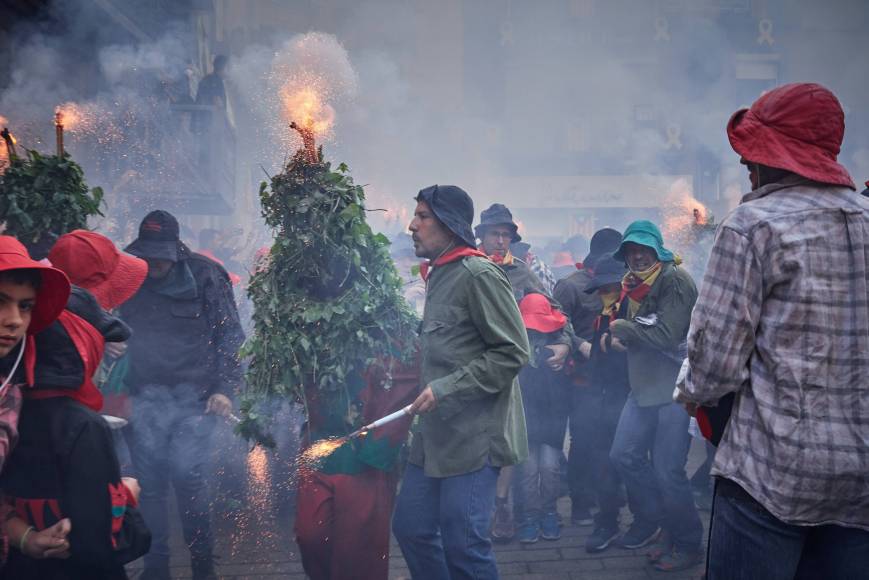
On Thursday at noon, the most serene show of the festival takes place: the "Patum de Lluïment" (Patum of Display). In this gala Patum, all the groups, except the "Plens" who only perform at night, come out to the Plaça de San Pere to perform their traditional dance. Once the round of dances ends, the "Tirabols" part begins. At 9:30 PM, the Complete Patum takes place: the most popular event where the square is completely filled, and the dances of the groups unfold in the center. The groups come out one by one and perform their dances to the sound of the drum or music while people jump around them. The round of all the groups is repeated four times, except for the "Plens," who only perform at the end of the second and fourth rounds. Each round is called a "salt" and each time the "Plens" dance, it is called a "salt de Plens." Therefore, in a complete Patum, there are 2 salts, 1 salt de Plens, 2 salts, and 1 final salt de Plens. Finally, during the Complete Patum, the "Tirabols" are danced, a moment when the two "Guitas" and the two pairs of Giants share the square while everyone turns to the sound of live music.
Corpus Christi Friday:
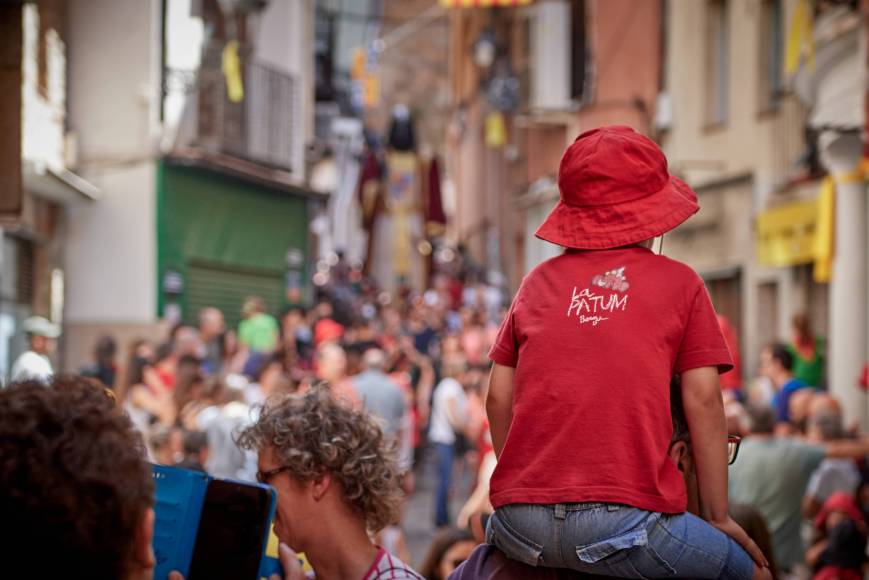
Do you have young children? Well, this one's for you! On Friday, both at noon and in the afternoon, the Children's Patum takes place, a version adapted for children of the "Patum de Lluïment" and the Complete Patum. All in Plaça de San Pere.
Corpus Christi Saturday:
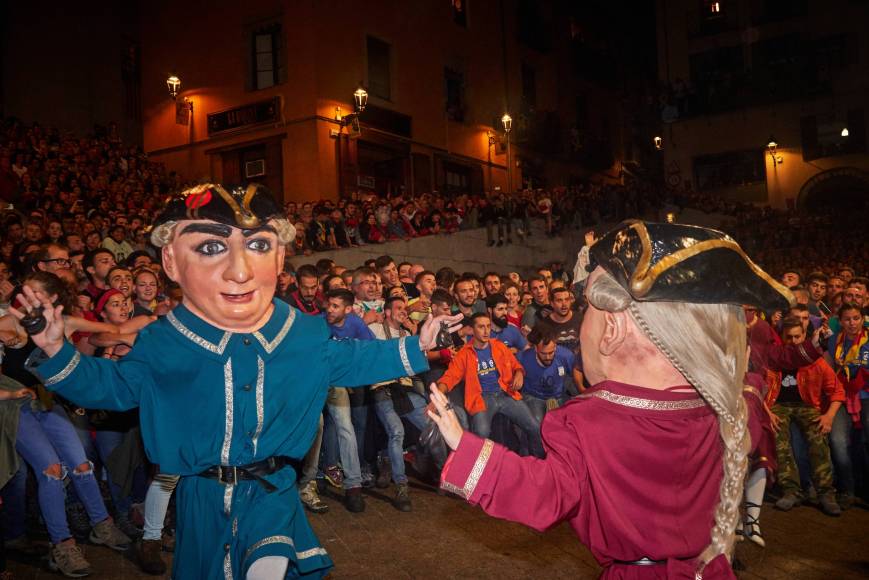
On Saturday evening, a parade will take place through the main streets of the old quarter of the city, up to the hospital. They will be accompanied by the Cobla Ciutat de Berga and will stop in the 11 traditional squares of the town and in front of the administrators' homes, who represent the old quarters.
Corpus Christi Sunday:
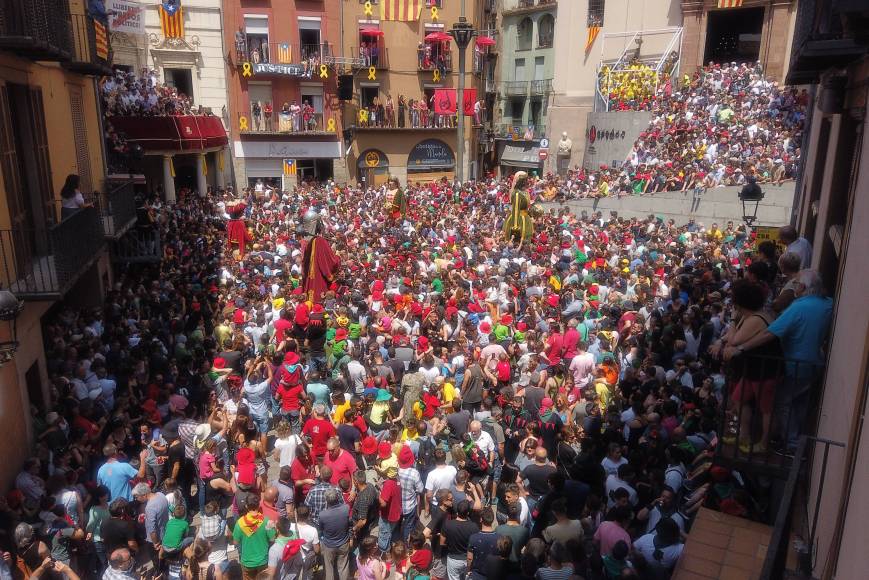
At noon, the "Patum de Lluïment" takes place and in the afternoon, once again, the Complete Patum, with the Cobla Ciutat de Berga. And, as the closing of the festivities, there will be sardana dances with the Cobla Berga Joven at the end.
If you want to spend a different weekend, get to know one of the most popular festivities in Catalonia, and enjoy fire and dance, you can't miss the Patum de Berga. If you want to know more, we invite you to discover the 5 must-see places in the Berguedà region.
 Log in to your account
Log in to your account